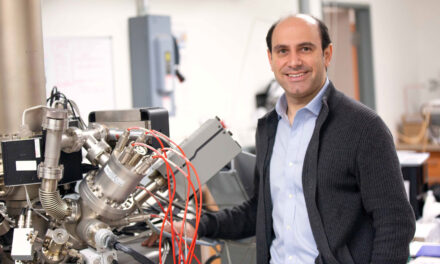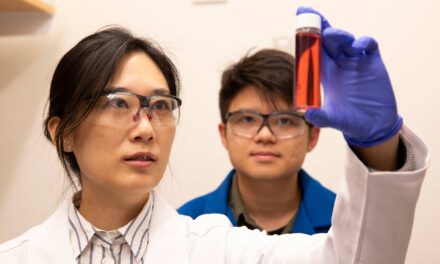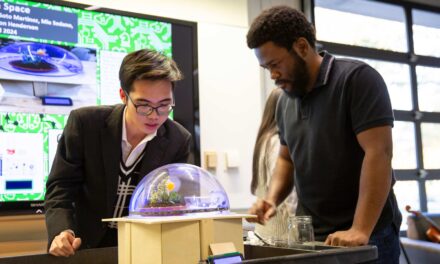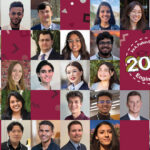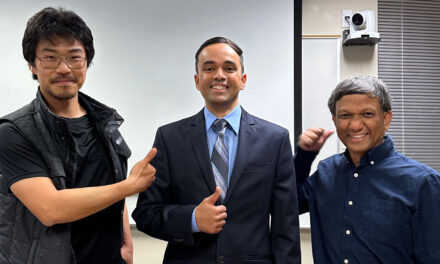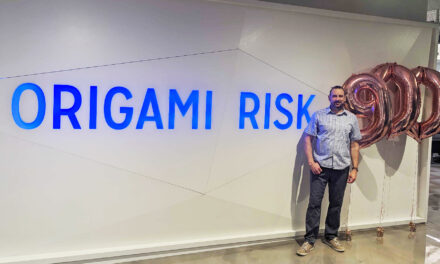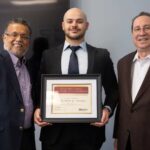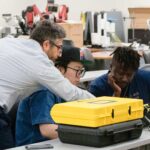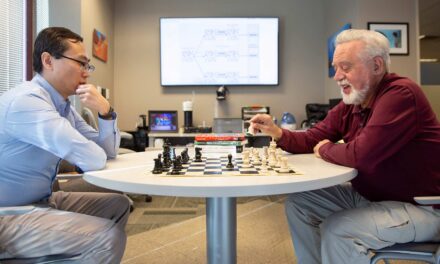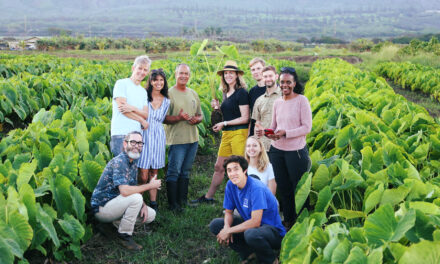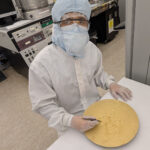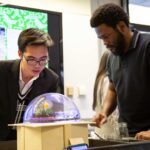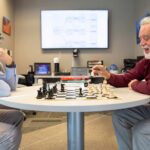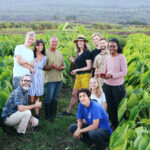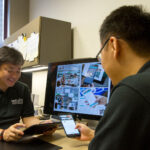
Brunhaver seeking to augment engineering education with an adaptive mindset
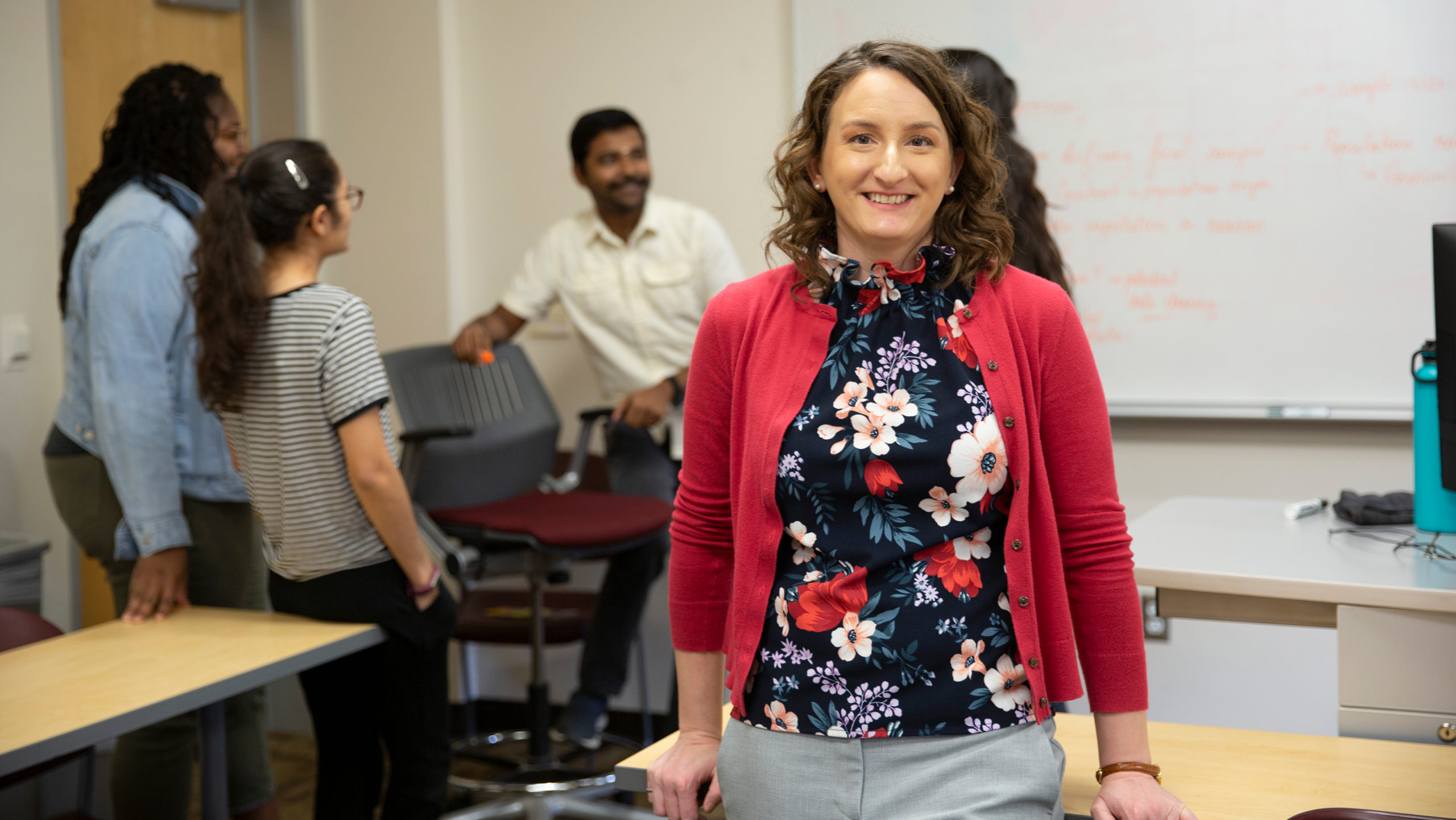
Above: Samantha Brunhaver, an assistant professor in The Polytechnic School, received a National Science Foundation Faculty Early Career Development Program (CAREER) Award to pursue a research project focused on providing engineering students and practicing engineers with necessary skills to be adaptable to a changing workplace. Photographer: Erika Gronek/ASU
Twelve faculty members in the Ira A. Fulton Schools of Engineering at Arizona State University received NSF CAREER Awards between November 2019 and April 2020.
As the constant development of new technologies fuels an ever-changing workplace, it is vital for workers to cultivate transferable skills, or at least know how to adapt to the advancing industry.
Samantha Brunhaver, an assistant professor of engineering education in The Polytechnic School, one of the six Ira A. Fulton Schools of Engineering at Arizona State University, received a 2020 National Science Foundation Faculty Early Career Development Program (CAREER) Award to develop strategies for equipping both early career and well-established engineers with skills to adapt to changing workplace environments and to promote adaptability as an outcome of obtaining an engineering education.
“Engineering students have a certain set of expectations about what engineering work is like. And when the reality is different, there can be confusion, psychological stress and disillusionment,” says Brunhaver. “But this isn’t exclusive to just students and early career engineers. Experienced engineers, and those who have left engineering and want to return, report feeling anxious about the need to continuously upskill and reskill as well.”
Brunhaver aims to alleviate this anxiety through her five-year project, which will ultimately provide engineering students with “explicit and holistic training in adaptability.”
“The time for greater emphasis on adaptability in engineering education is now,” says Brunhaver. “A lot of learning and adjustment happens when students enter the workforce. Students may be gaining experience, but they don’t always know what they should be taking away from it. They talk about not being able to see the big picture, which can be a significant barrier to their ability to be adaptable.”
Brunhaver plans to interview both practicing engineers and their managers to identify characteristics of adaptive engineering practices and the catalysts and barriers engineers experience while conducting these practices. With this information, she will develop publicly available, online learning modules to teach adaptability to students and practicing engineers.
“The work will be mixed-methods and interdisciplinary, drawing on engineering, education, psychology and the learning sciences,” says Brunhaver. “I also plan to engage educators, employers and student-support practitioners in the joint development of educational strategies to better support engineers in becoming more adaptable.”
Brunhaver joined The Polytechnic School in 2014, and was drawn to ASU by its emphasis on engineering education research. She believes that ASU is the optimal place to conduct research for her project due to the Fulton Schools’ status as one of the largest engineering schools in the nation, offering a number of students experiences for Brunhaver to learn from.
Additionally, the high volume of engineering industries operating in Arizona makes ASU an attractive place to conduct practice-based engineering education research. Arizona is home to a well-established semiconductor industry, which is constantly working to produce smaller, cheaper and faster microprocessors, as well as the aerospace industry and the medical devices industry, which are both driven by changing regulations.
“This range allows for the development of two types of training: one that is generally useful for preparing engineers to be adaptable, and another that equips them with the mindsets and behaviors to succeed at their particular jobs,” says Brunhaver. “People move in, out, through and around engineering constantly, but it can be difficult to do without significant retraining. Equipping engineers with these skills could allow them to leave and re-enter more easily, which later could appreciably increase the size and diversity of our engineering workforce.”
Brunhaver is also confident that her research will open doors to explore how identity-based characteristics such as race, gender and disability status can affect adaptability, and how these findings can help all demographic groups become more easily involved in engineering.
“My work focuses broadly on the career pathways of engineering students, the engineering school-to-work transition and the preparation of engineering students for the workforce,” says Brunhaver. “I’m excited about this project because I see it as an opportunity to merge these three areas into a research-to-practice approach centered on engineering success. My overall goal is to contribute to a more productive, diverse and sustainable engineering workforce.”


